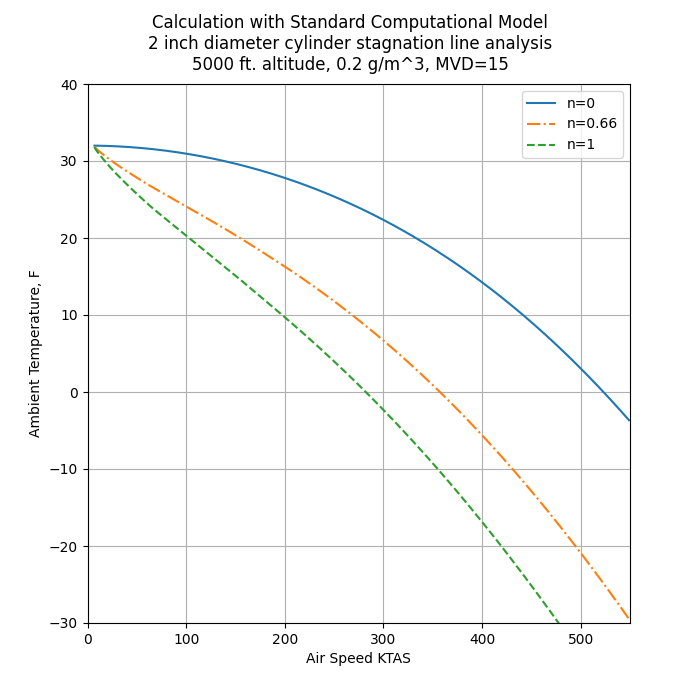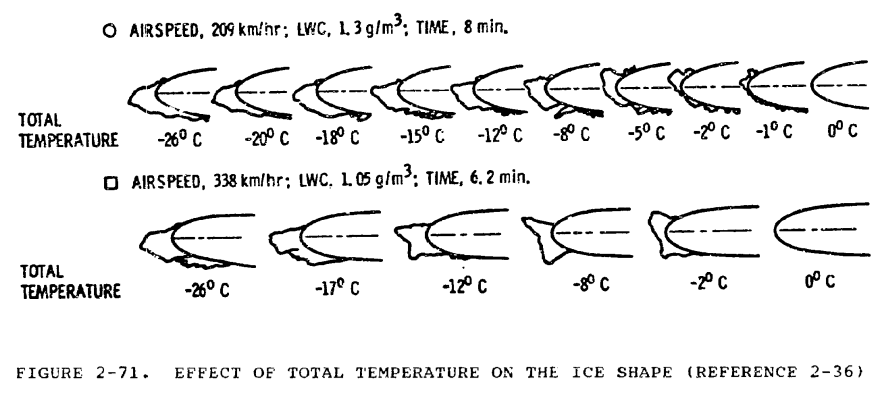
Public domain image by Donald Cook.
Prerequisites
To learn the energy terms and equations, readers should first review the "Standard Computational Model", which combines the applicable sections original DOT/FAA/CT-88/8-1 and the update into one text.
Introduction
The term "standard computational model" has not seen wide use. Most recent literature refers to the "Messinger Model" or "Modified Messinger Model". That may or may not mean the "standard computational model" presented here. As noted for calculating evaporation:
There are a variety of formulations of this term.
That could also apply to several of the terms in the model. "Modified Messinger Model" could mean about anything, you would need to look at the details.
The energy examples in the handbook are less detailed than the ones we previously saw for impingement.
The "Standard Computational Model" is implemented here in the python programming language and is available via github.com/icinganalysis …
read more
